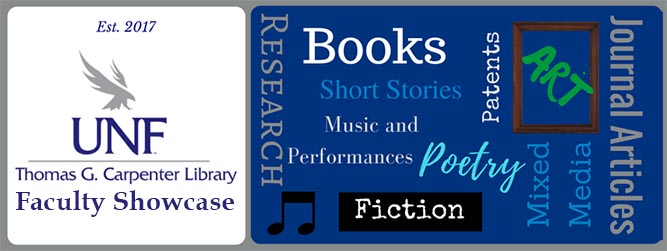College
College of Education and Human Services
Department
Childhood Education, Literacy, and TESOL
Rank
Associate Professor
Learning about Spatial and Temporal Scale: Current Research, Psychological Processes, and Classroom Implications
Type of Work
Journal Article
Publication Information
The Journal of Geoscience Education is the premier peer-reviewed publication for geoscience education research at the K-12 and undergraduate levels.
Description of Work
Geoscientists analyze and integrate spatial and temporal information at a range of scales to understand Earth processes. Despite this, the concept of scale is ill-defined and taught unevenly across the K-16 continuum. This literature review focuses on two meanings of scale: one as the magnitude of the extent of a dimension and the other as a relationship between objects or events. We review 42 papers from science education and discipline-based education research (DBER) literature on students’ conceptions related to one or both meanings of scale. Analysis of this prior work reveals a broader (though still limited) research base on domain general concepts of scale as a magnitude and scant research on scale as a relationship. Learners begin reasoning about spatial and temporal magnitudes categorically by working with scales based on standard units and nonmetric values, such as “body length.” Concepts of scale magnitudes outside human experience are nonlinear. Facility with fractions and proportional reasoning are positively associated with the ability to reason about scale as a relationship. Two constructs from the psychological literature, structure mapping and the category adjustment model, offer theoretical accounts for these findings. We borrow a typology from the psychological literature to frame common geoscience instructional models in the context of spatial and temporal scale and suggest how instructors might facilitate students’ reasoning about scale models. We identify a number of avenues for possible future research, including a critical need to understand how conceptual understanding of scale develops across the K-16 continuum.
Learning about Spatial and Temporal Scale: Current Research, Psychological Processes, and Classroom Implications
Geoscientists analyze and integrate spatial and temporal information at a range of scales to understand Earth processes. Despite this, the concept of scale is ill-defined and taught unevenly across the K-16 continuum. This literature review focuses on two meanings of scale: one as the magnitude of the extent of a dimension and the other as a relationship between objects or events. We review 42 papers from science education and discipline-based education research (DBER) literature on students’ conceptions related to one or both meanings of scale. Analysis of this prior work reveals a broader (though still limited) research base on domain general concepts of scale as a magnitude and scant research on scale as a relationship. Learners begin reasoning about spatial and temporal magnitudes categorically by working with scales based on standard units and nonmetric values, such as “body length.” Concepts of scale magnitudes outside human experience are nonlinear. Facility with fractions and proportional reasoning are positively associated with the ability to reason about scale as a relationship. Two constructs from the psychological literature, structure mapping and the category adjustment model, offer theoretical accounts for these findings. We borrow a typology from the psychological literature to frame common geoscience instructional models in the context of spatial and temporal scale and suggest how instructors might facilitate students’ reasoning about scale models. We identify a number of avenues for possible future research, including a critical need to understand how conceptual understanding of scale develops across the K-16 continuum.



Biographical Statement
Dr. Kim Cheek is an Associate Professor of Science Education in the Department of Childhood Education, Literacy, and TESOL. She is also the Program Area Leader for Elementary Education. Dr. Cheek has a Ph.D. in science education from Durham University in the United Kingdom, as well as masters’ degrees in elementary education and the geosciences. At UNF she teaches graduate and undergraduate science methods and supervises EdD students. Her research focuses on how spatial thinking skills impact STEM learning and improving student understanding of science concepts that occur at unfamiliar spatial and temporal scales.